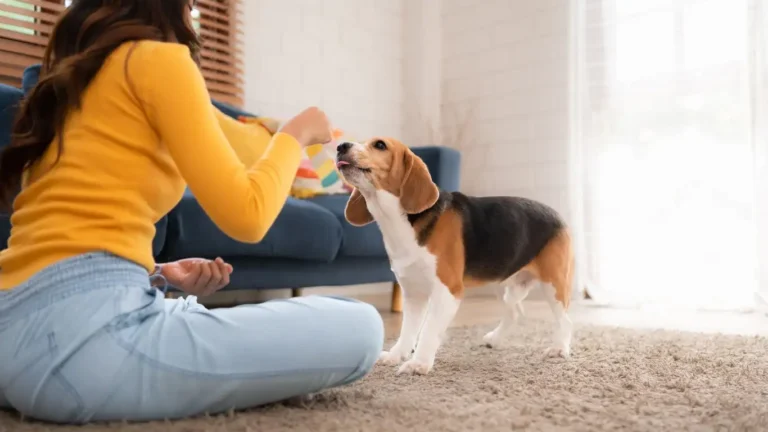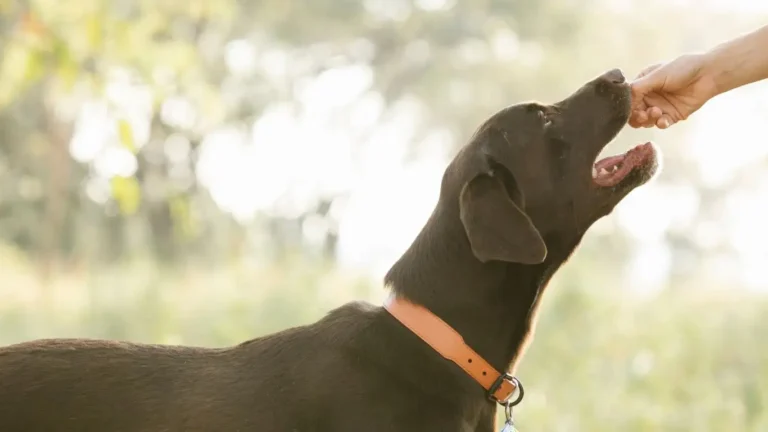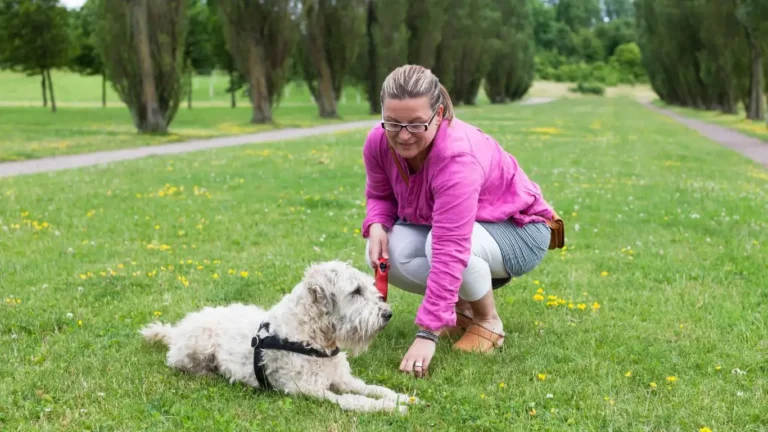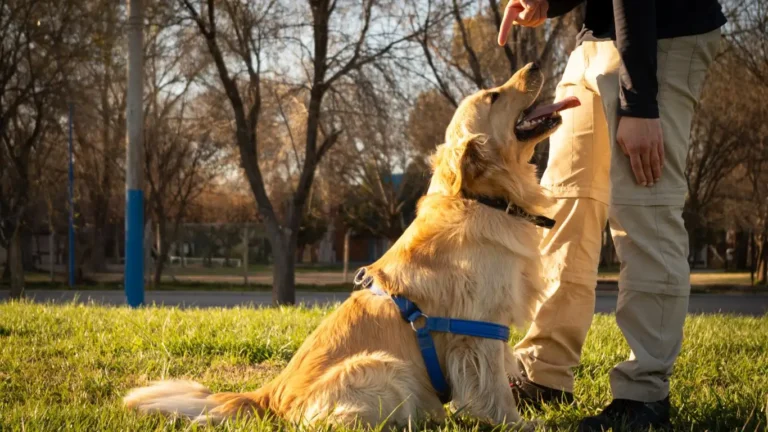Proven Tips to Train Your Dog for Stress-Free Long Car Trips
Ever tried taking your dog on a road trip, only to have them pant, whine, or get the shakes before you even pull out of the driveway? You’re not alone. As someone who’s spent years in the field as a Canine-Assisted Therapy Trainer, I’ve seen how common and frustrating this issue can be. That’s exactly why I’m excited to share some insights on how to train a dog to tolerate long car trips. Whether you’re prepping for a summer vacation or just want stress-free vet visits, making car travel a positive experience for your pup is 100% doable.
Why Do Some Dogs Struggle with Car Rides?

First off, it’s totally normal. Some dogs naturally love the open road, nose out the window, tongue flapping in the breeze. Others? Not so much. A few common reasons dogs may dislike or even fear car rides include:
- Motion sickness – Yep, dogs can get carsick just like us.
- Negative associations – If the only time they ride is to the vet or groomer, it’s no wonder they’re not fans.
- Lack of exposure – Puppies that weren’t socialized with car trips may see it as a weird, scary thing.
One of my previous therapy dogs, Max, a golden retriever mix, used to freeze up the second I jingled the car keys. He had a rough start in life and associated car rides with being abandoned. It took time, patience, and consistency, but now he hops in with his tail wagging. If Max can learn to love car rides, your dog can too.
Getting Started: Small Steps to Big Progress
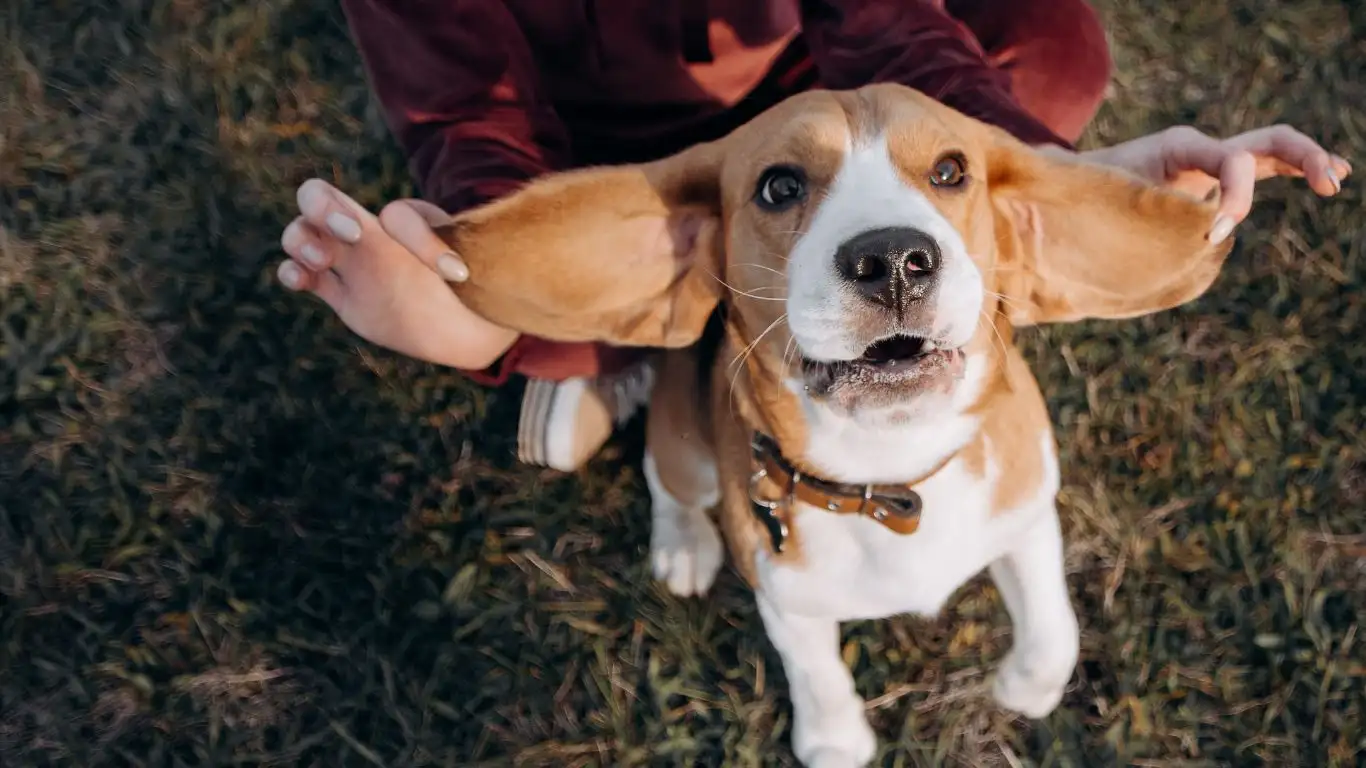
Start with the Basics
Before you head out on a three-hour drive, you’ve got to lay a solid foundation. Trust me, slow and steady is key here. I always recommend starting in the driveway:
- Let them explore – Let your dog sniff around the car while it’s off. Open doors, let them climb in at their own pace (treats help!).
- Short sessions – Sit with your dog in the parked car for a few minutes at a time. No pressure. Just chill.
- Engine on, not moving – Once they’re comfy sitting in the car, turn on the engine. Stay parked and relaxed. Give lots of praise and maybe their favorite toy.
Positive Associations Are Everything
If I had a dollar for every time I’ve told a client, “Make the car their happy place,” I’d probably be retired on a beach by now. Use their favorite treats, a comfy blanket, or even a special toy that only comes out for car rides. It should feel like a reward, not a punishment.
I had a boxer named Lola who used to bolt the other way at the sight of my SUV. We started making the car “fun” — chew toys, puzzle treats, even frozen KONGs filled with peanut butter. Eventually, she began hanging out in the backseat like it was her own little lounge.
Safety First
Before we move on, let me emphasize — safety matters. Always secure your dog. Whether it’s a crash-tested crate, a seatbelt harness, or a pet barrier, choose what works best for your pup. It not only protects them in case of an accident but also makes the ride feel more stable and less overwhelming.
Training a Dog to Tolerate Long Car Trips: Build Up Distance Gradually
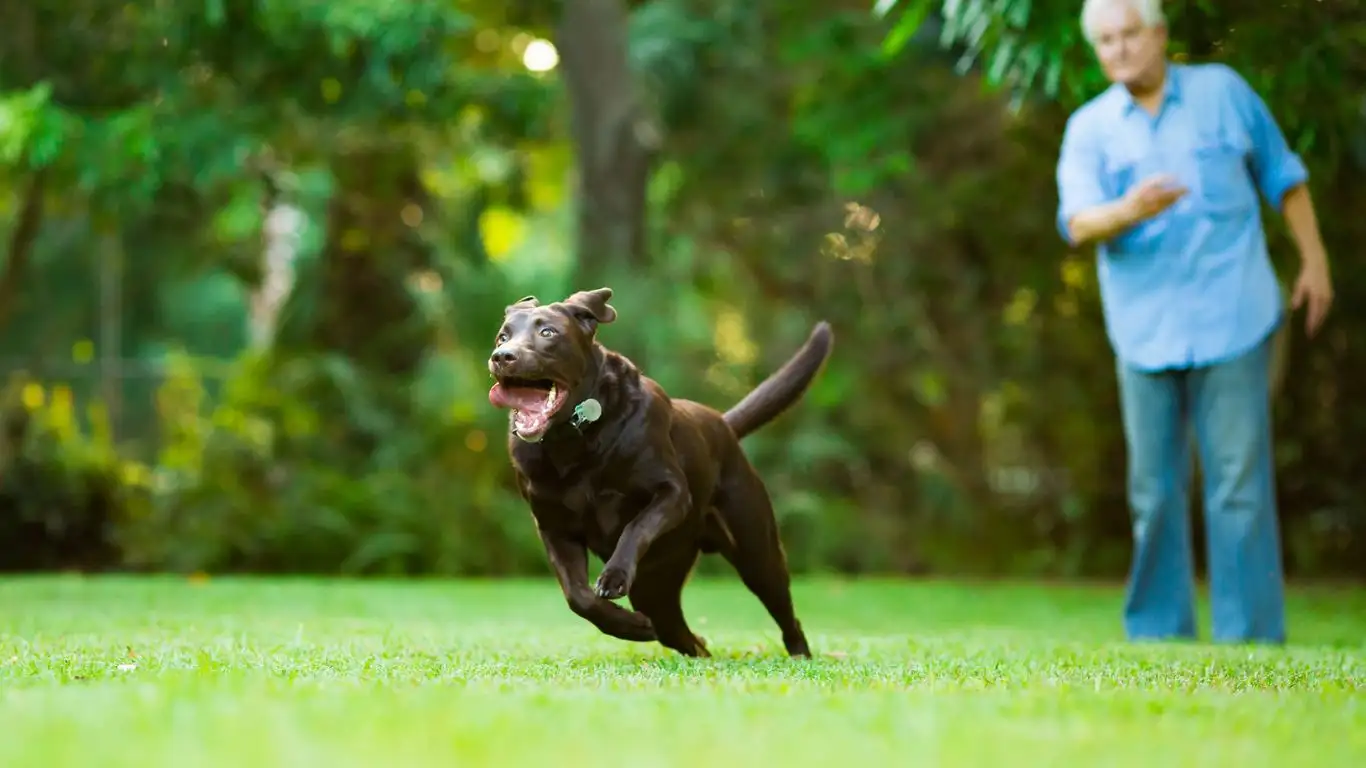
Here’s where most folks go wrong: they jump straight from zero to a multi-hour drive. Not ideal. Instead, work your way up slowly. Once your dog is cool with sitting in a parked, running car, take short trips around the block. Then to a nearby park. Then maybe to a drive-thru where they can get a pup cup (big win!).
Each ride should end with something positive. That’s how you build confidence and reduce stress. Eventually, longer trips won’t seem like such a big deal. Just be patient and keep those treats handy.
Reading Your Dog’s Signals on the Road
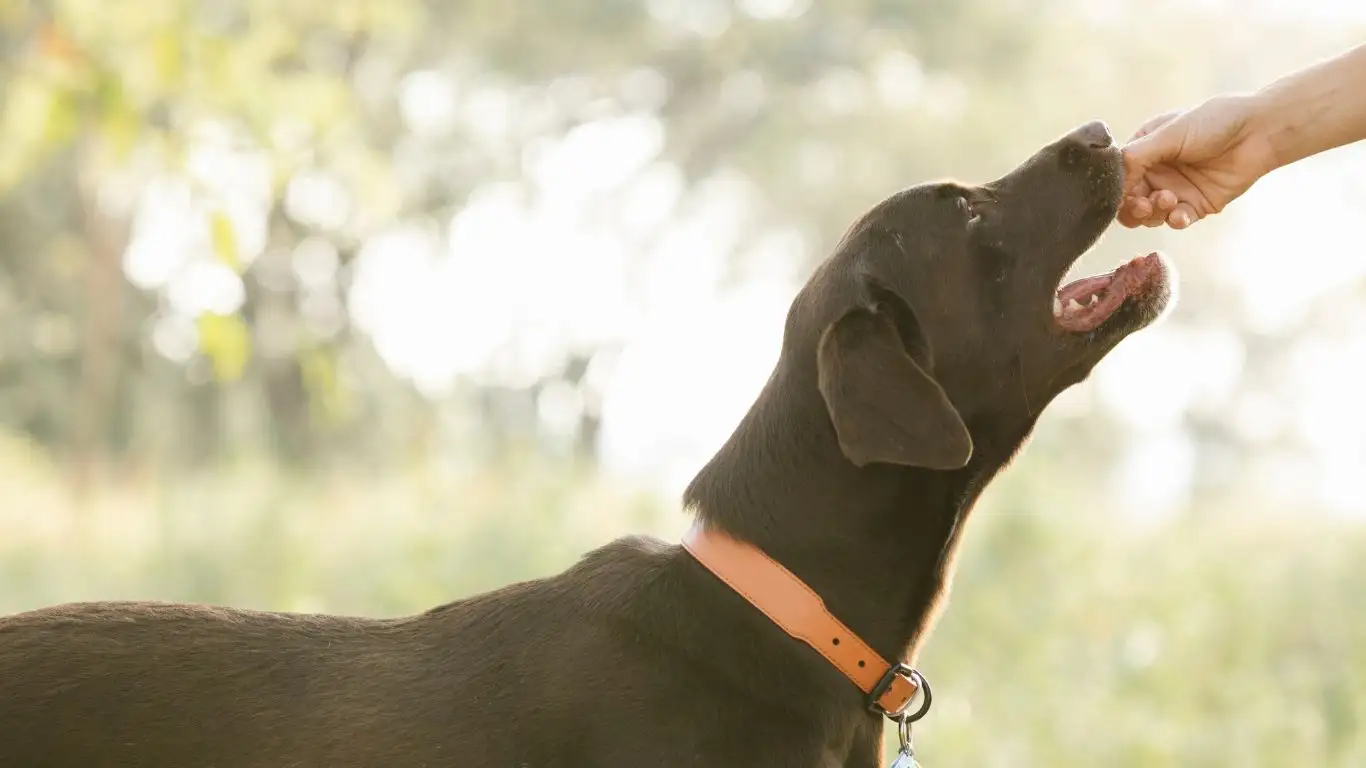
One thing that gets overlooked a lot when figuring out how to train a dog to tolerate long car trips is just tuning in to your dog’s body language. I always tell my clients that your pup is constantly giving you clues—you just have to learn how to read them. Not all stress looks like full-blown panic. Sometimes it’s subtle: yawning, licking lips, pacing, even refusing to lie down.
I remember working with a sweet rescue husky named Blue. He wasn’t whining or barking during rides, so his humans assumed he was fine. But the excessive yawning and refusal to settle? Classic signs of anxiety. Once we recognized that, we were able to take a step back and rework his travel plan at a pace that suited him.
Look For These Common Signs of Discomfort:
- Panting or drooling excessively
- Shaking or trembling
- Refusing to enter the car
- Trying to climb into the front seat or hide under things
- Whining or barking
If you notice any of these, it’s your dog’s way of saying, “Hey, I’m not okay yet.” Don’t push through it. Backtrack a little, make the next session shorter, and always end on a positive note. It might take a little longer, but it’s so worth it when they start to feel safe.
Managing Breaks During Long Car Trips
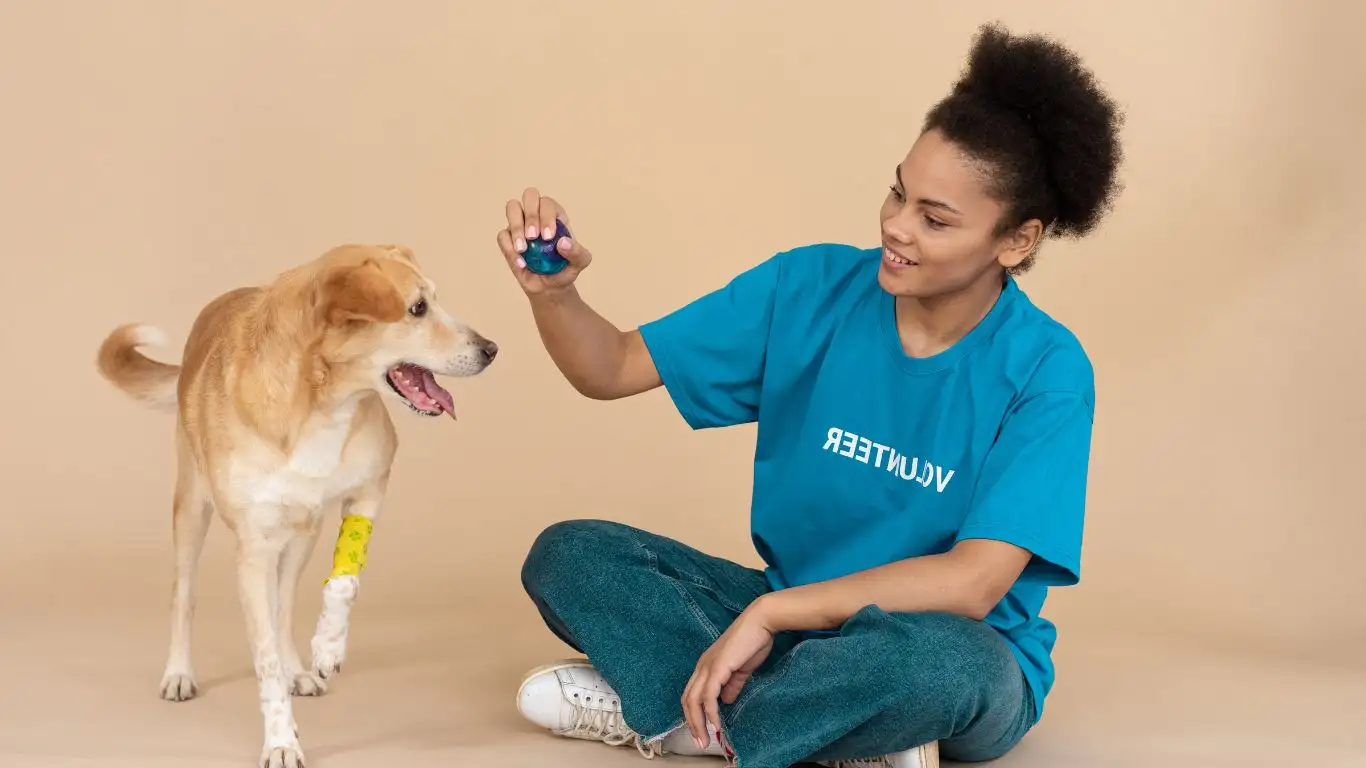
Now let’s talk logistics. Once your dog is cool with car rides, the next hurdle is managing their needs during actual long-distance travel. Dogs, like people, need breaks. Potty time, water, a good stretch—it’s all essential for their comfort and well-being.
Here’s How I Plan My Breaks:
- Every 2 to 3 hours – Stop the car, get out, let them sniff, move, and relieve themselves. It’s good for them and honestly, you’ll feel better too.
- Bring a leash and harness – Even if your dog is usually great off-leash, rest stops are unpredictable. Safety first.
- Use familiar commands – Keeping training consistent on the road helps maintain your bond and gives your dog a sense of normalcy.
I’ve done a few cross-state trips with my border collie mix, Riley. We planned out our stops in advance, looking for dog-friendly parks or rest areas with shaded grass. It turned those breaks into mini adventures. She got to explore, and I got a breather from driving. Win-win.
Feeding and Hydration Tips for Travel Days
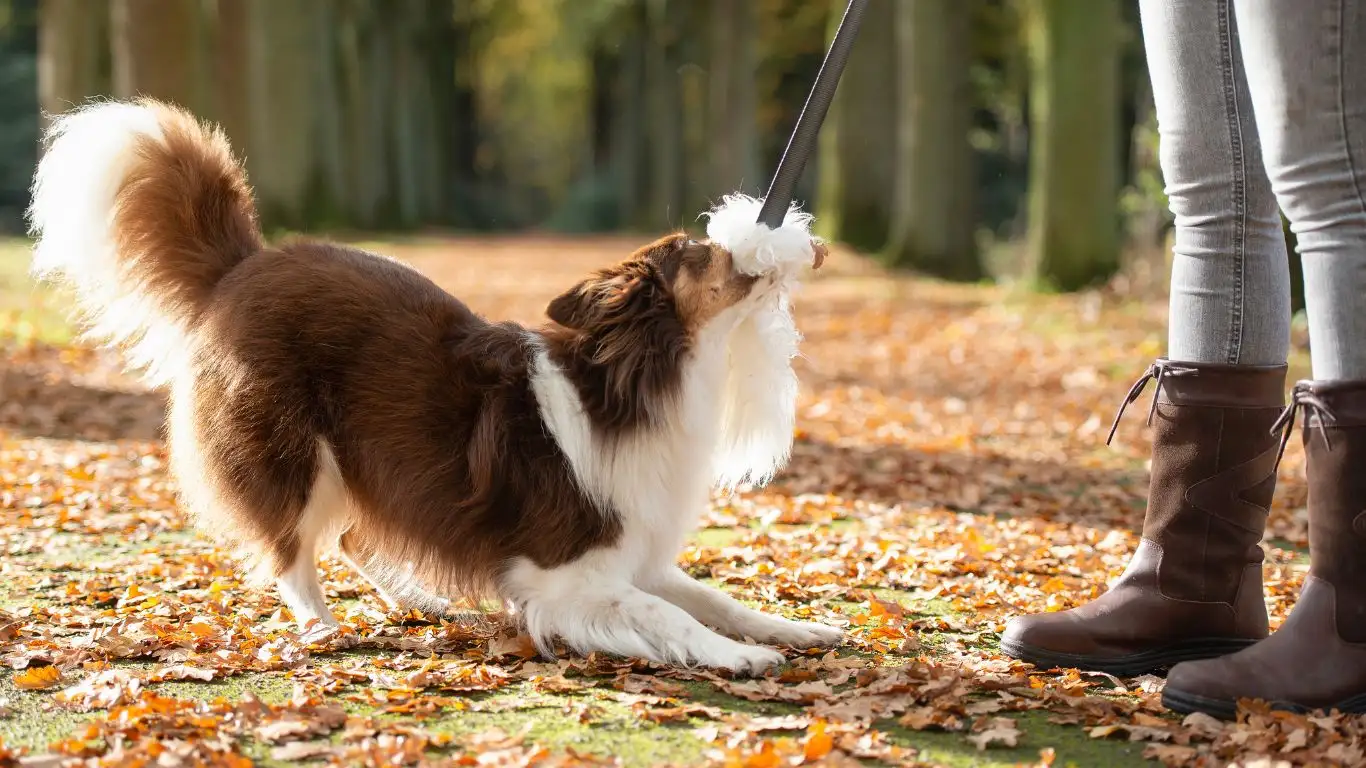
Feeding on the go can be a little tricky, especially for dogs with sensitive tummies. Some pups get a little carsick when they ride on a full stomach, so timing is everything.
My Go-To Travel Feeding Tips:
- Feed a light meal 3–4 hours before departure – This gives your dog time to digest before you hit the road.
- Skip meals if needed – For short-to-moderate trips, it’s okay to skip a meal. Just offer a meal when you arrive.
- Keep fresh water available – Use a non-spill travel bowl or offer water at every break stop.
- Pack familiar food – Now’s not the time to experiment with a new kibble or treats. Stick to what their tummy knows.
For one trip, I packed homemade frozen bone broth cubes. I’d drop a few in Riley’s water bowl at rest stops—it kept her hydrated and added a tasty incentive to drink. Plus, bone broth has natural electrolytes. Highly recommend if your dog’s a picky drinker when traveling.
Keep It Chill: Creating a Calm Car Vibe
The energy inside the car matters more than most people realize. Dogs are incredibly sensitive to our emotions, so if you’re stressed, there’s a good chance they’ll be picking up on that too. Keeping the environment calm and predictable can make a huge difference.
Some Calm-Travel Must-Haves:
- Window shades – Reduces glare and keeps things cool.
- Soft background music – Classical, acoustic, or calming pet playlists can really soothe a nervous traveler.
- Lavender spray or calming pheromones – A light spritz of dog-safe calming spray can ease tension (just don’t overdo it).
- A comfy space – Bring a bed or blanket that smells like home. Familiar scents go a long way.
I even bring a small fan on hot days that clips to the headrest for airflow. Makes Riley’s ride a whole lot more pleasant, especially in summer traffic. Creating a consistent and cozy travel setup builds trust over time—and trust is what truly makes long trips enjoyable for both of you.
Desensitizing for Longer Trips: Practice Makes Progress
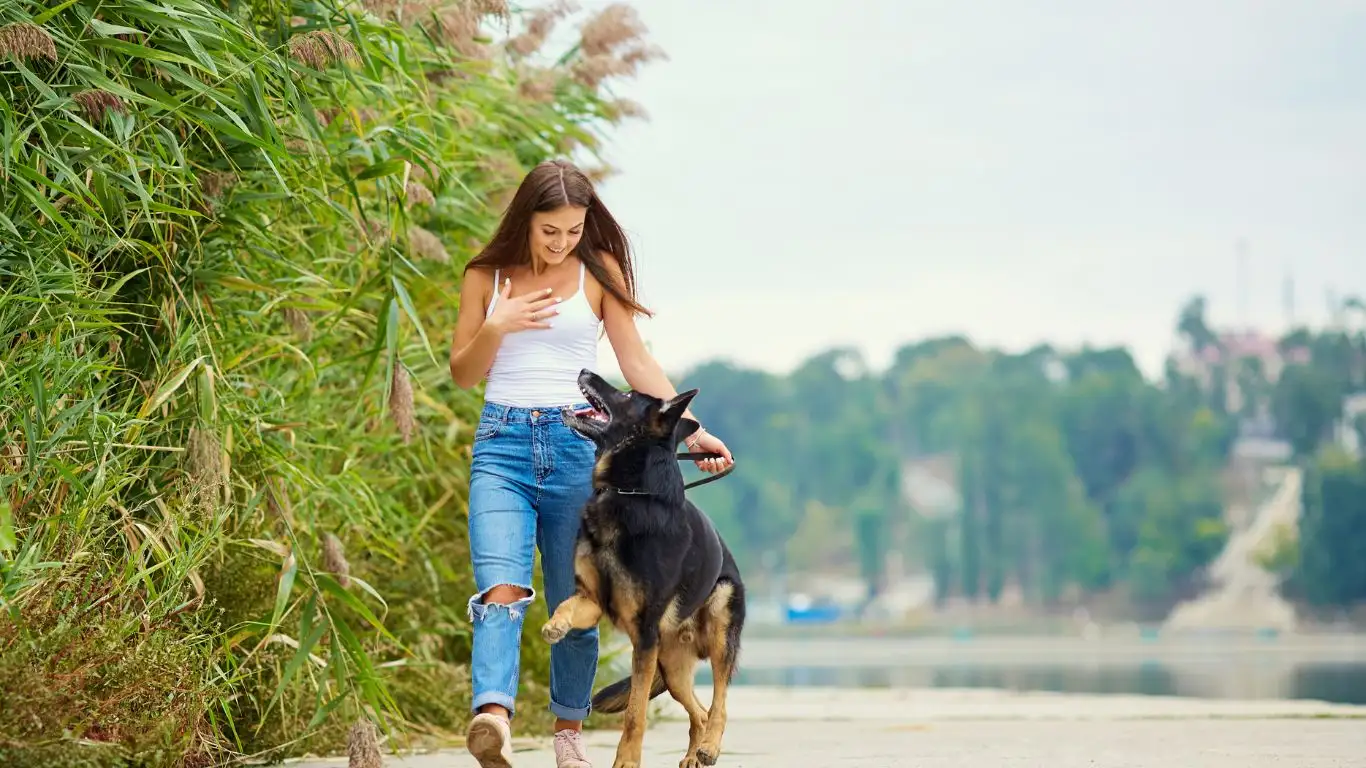
By now, you’ve probably done a few short trips and figured out what works for your dog. But if you’re prepping for a real long haul—like several hours or even overnight drives—you’ll want to continue building their tolerance gradually. How to train a dog to tolerate long car trips really comes down to conditioning through exposure without overwhelming them.
One method I love is the “layered distance” approach. I first used this with a stubborn little bulldog named Gus, who was sweet but had zero chill in the car. We slowly worked our way from 10-minute rides to 20, then 40, then over an hour. Every milestone was a mini celebration. Treats, praise, maybe a new squeaky toy. By the time we hit the three-hour mark, he was snoozing in the backseat like a seasoned traveler.
Here’s a sample weekly plan to work up to longer rides:
- Week 1: 5- to 10-minute rides daily or every other day
- Week 2: Add in 20-minute round trips to local parks or pet stores
- Week 3: Start incorporating 30–45 minute drives with a fun destination
- Week 4 and beyond: Try 1–2 hour drives with planned breaks and treats
It’s not about speed—it’s about building positive associations consistently. And just like with people, every dog learns at their own pace.
Using Tools and Supplements Wisely
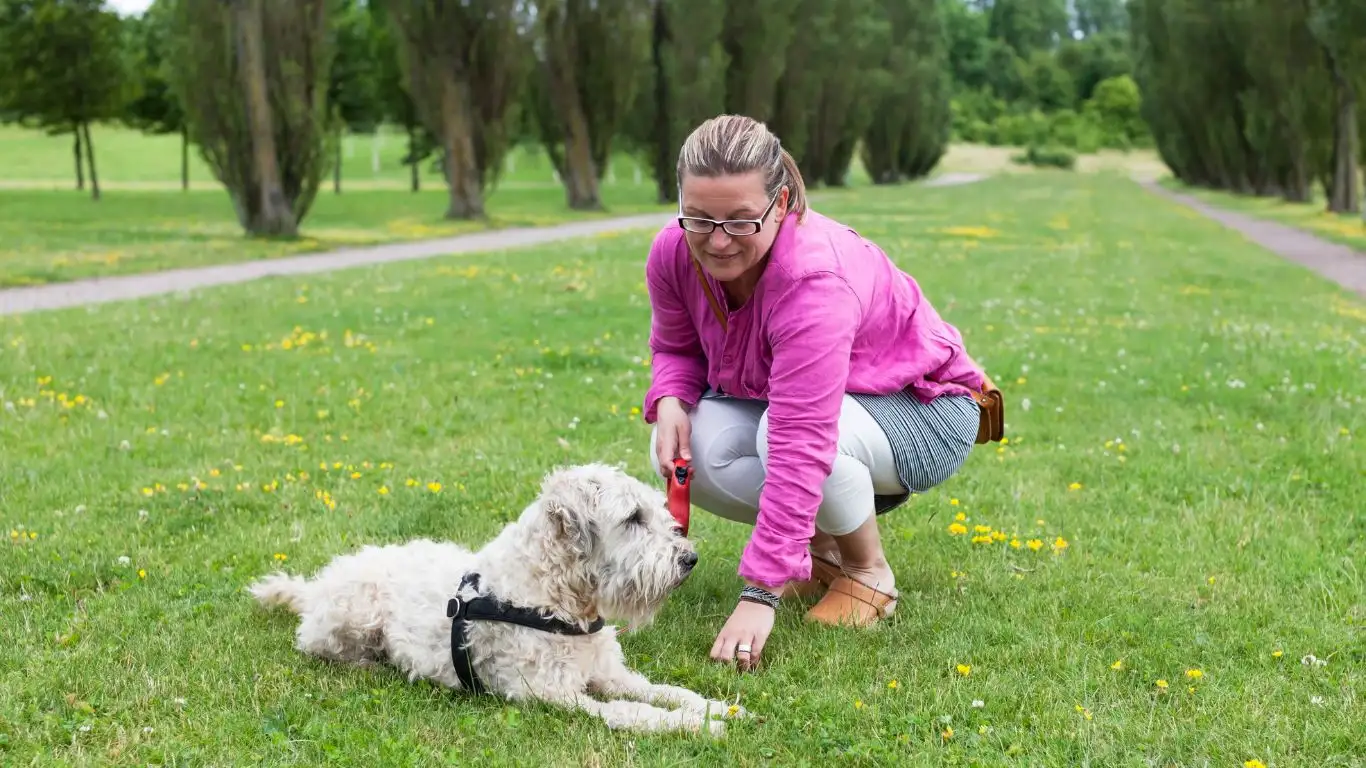
Sometimes, despite all the training in the world, your dog might still need a little help—especially if they have a history of trauma or anxiety. And that’s okay! The trick is knowing what tools are helpful and using them responsibly.
Here are a few options I’ve personally seen work wonders:
- Calming wraps or vests – Like a gentle hug, these can ease anxiety during travel.
- Adaptil sprays or collars – These mimic dog-calming pheromones and can lower stress levels.
- Natural calming treats – Look for ingredients like chamomile, L-theanine, or valerian root. Always check with your vet first.
- Veterinary-prescribed meds – In severe cases, your vet might recommend short-term anti-anxiety meds just for travel days.
With my own senior shepherd, Sasha, we used a combination of a calming collar and a vet-prescribed chewable for longer road trips. It didn’t sedate her—it just took the edge off and helped her settle in faster. Always consult your vet before introducing anything new. It’s not a one-size-fits-all deal.
Travel Bag Checklist: Essentials You Should Never Forget
Let me tell you from experience, nothing derails a road trip faster than realizing you forgot poop bags… halfway into the wilderness. Whether it’s a weekend getaway or a cross-country move, having a go-to dog travel kit can save your sanity.
Here’s what I always pack:
- Leash and harness – Plus an extra, just in case.
- Water and travel bowl – Dehydration creeps up fast, especially in warmer weather.
- Food and treats – Bring more than you think you’ll need.
- Blanket or bed – Something that smells like home.
- Favorite toy or chew – Keeps boredom at bay during long stretches.
- Cleanup kit – Poop bags, paper towels, pet-safe wipes, enzyme spray for any messes.
- Pet first-aid kit – You never know when you’ll need it.
I keep all this in a big canvas tote in the trunk so it’s ready to go at a moment’s notice. And bonus: it makes impromptu adventures way less stressful.
Final Thoughts: Keep It Positive, Keep It Personal
So here’s the thing—dogs aren’t born great travelers. But with consistency, patience, and a little creativity, they can become amazing road companions. Your goal isn’t perfection. It’s comfort. Safety. Confidence. A ride where your pup is content, not just surviving it.
Over the years, I’ve worked with countless families to help their dogs go from dreading the car to loving the journey. Some took a few days. Others, a few months. But every one of them got there. And your dog will too. It starts with listening, adjusting, and never underestimating the power of a calm, confident human presence in the driver’s seat.
References
- American Gastroenterological Association
- American Veterinary Medical Association
- ASPCA – Car Travel Safety Tips
Disclaimer
This article is based on my professional experience as a Canine-Assisted Therapy Trainer and is intended for educational purposes only. Always consult your veterinarian or a certified canine behaviorist for advice specific to your dog’s health and behavioral needs.

